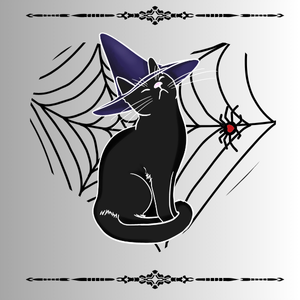It’s DJ MJ here! I joined the Media Communications and Broadcasting class because of my love for music and the idea of being surrounded by it every day. I’m fortunate to share this space with peers who are all uniquely creative and special in their own ways. One thing that sets me apart is my deep connection to the Gothic community and subculture.
When you hear the word “Goth,” what comes to mind? Vampire bats? The color black? Wild, teased hair? While these are common associations, what does it truly mean to be Goth? According to Merriam-Webster, a Goth is “a person who wears mostly black clothing, uses dramatic makeup, and often has dyed black hair.” While this isn’t necessarily wrong, it only scratches the surface. In truth, the only defining factor of being Goth is the music you listen to. Yes, you can have platinum blonde hair, wear the brightest neon pink imaginable, and still be Goth!
Goth is a music-based subculture, which means it’s rooted in music and the identity it creates. But what exactly is Goth music, and where did it originate? The genre emerged in the United Kingdom during the late 1970s as a branch of post-punk. Foundational bands like “The Cure” and “Siouxsie and the Banshees” are often considered the parents of Goth music, with other notable acts such as “Joy Division” and “Bauhaus” contributing to its growth. Gothic music is often described as dark and moody, characterized by deep, resonant melodies, atmospheric guitars, and themes of romance or the macabre.
Now that we’ve covered the music, let’s dive into the “culture” aspect of this music-based subculture. Goths value individuality, a sense of being outside the norm, non-violence, and finding beauty in melancholy. While the style often associated with Goths—think dramatic black outfits and accessories—is common, it’s by no means a requirement. The heart of the culture is in its ethos and music.
I hope anyone who feels drawn to the Goth community can find their place within it and connect with like-minded individuals. Together, we can carry the torch for the next generation of baby bats and future Siouxsie Siouxs! As Mary Shelley once wrote in Frankenstein: “Beware, for I am fearless, and therefore powerful.”
